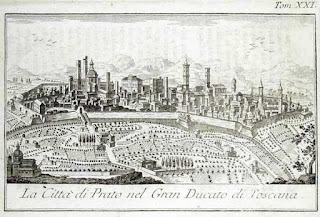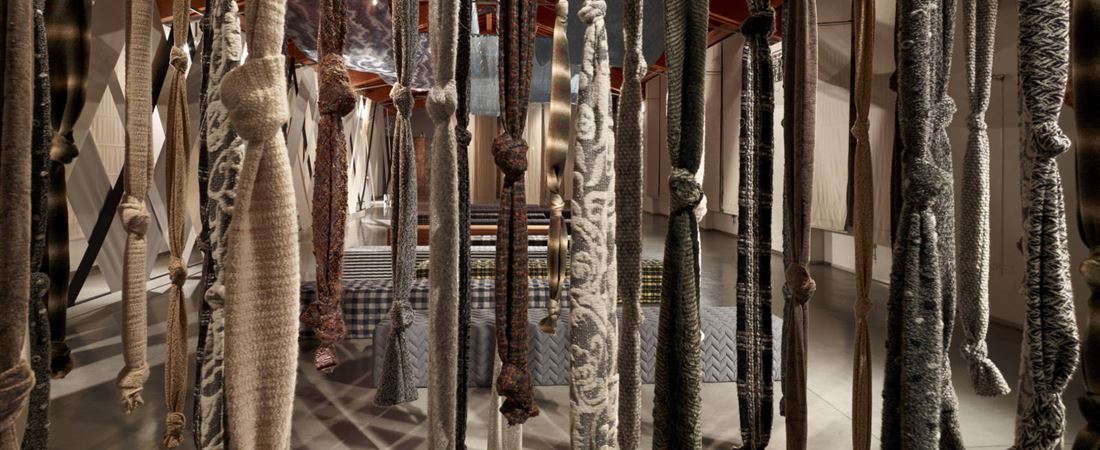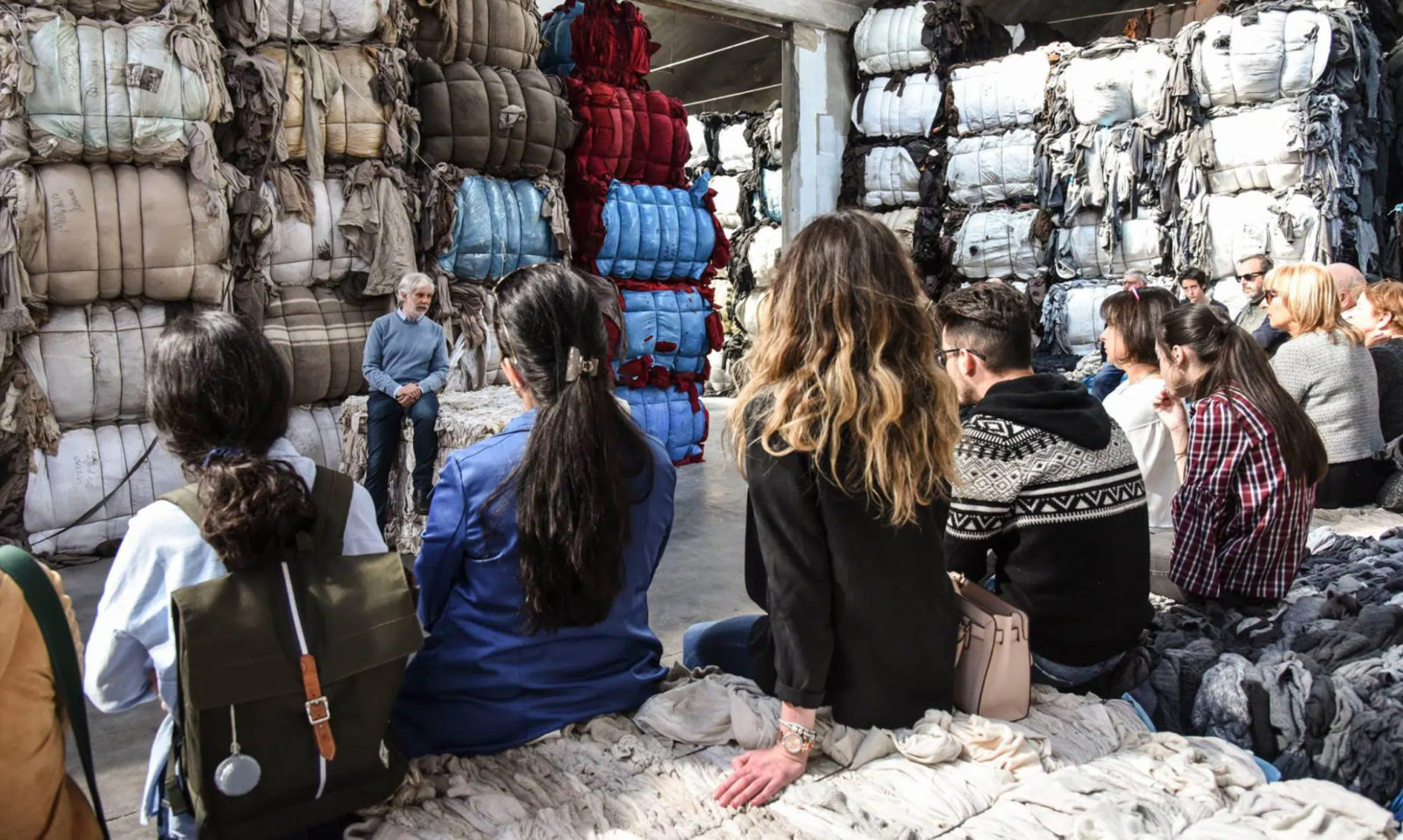Prato: History and Overview
Prato, located in the Tuscany region of Italy, is home to a rich and vibrant history of textile production, stretching back hundreds of years. Today, Prato is widely recognized as one of the leading centers of the global textile industry, with a thriving community of manufacturers, designers, and artisans producing a wide range of textiles, from high-end designer fabrics to everyday wear.
The origins of the textile industry in Prato can be traced back to the Middle Ages, when the city was a center of wool production. Throughout the centuries, the industry has evolved and grown, adapting to new technologies and changing market demands, and has become one of the most important economic drivers in the region.

One of the key factors contributing to the success of the textile industry in Prato is the quality of the raw materials used. The region is known for its excellent wool, silk, and cotton, which are sourced from local producers and used to create a wide range of textiles, from classic woolen fabrics to lightweight summer cottons.
Another factor is the high level of craftsmanship and expertise that is found in Prato. The city is home to a large number of skilled artisans, many of whom have been passed down their trade through generations, who bring a wealth of knowledge and experience to the industry. This wealth of talent and expertise has allowed Prato to become a leader in the production of high-end designer fabrics, as well as in the development of new technologies and production methods.

The city is also known for its efforts to promote sustainability and reduce textile waste.
Prato is home to a thriving textile industry, with over 7,000 companies producing and trading in textiles. These companies range from small workshops to large-scale manufacturers and are responsible for producing some of the world’s finest fabrics, including wool, silk, and cotton.
In recent years, Prato has become a leader in textile recycling and waste management. The city has implemented various initiatives to encourage the recycling and reuse of textile waste, including the creation of specialized facilities for sorting and processing waste textiles. These facilities help to reduce the amount of waste that ends up in landfills, as well as conserve resources and protect the environment. 15% of world’s post-consumer waste is recycled in Prato, making it a world’s biggest recycling hub!

One of the main goals of these initiatives is to promote the circular economy, which involves using resources in a closed loop and reducing waste. By recycling and repurposing textile waste, the industry in Prato is able to reduce its environmental impact, while also creating new opportunities for the production of high-quality textiles.
In addition to recycling, the textile industry in Prato is also focused on reducing its carbon footprint and promoting sustainable practices. This includes the use of renewable energy sources, as well as the implementation of eco-friendly production processes that reduce waste and conserve resources. Major textile companies of Prato have joined the Greenpeace Detox program. It is a global campaign aimed at eliminating toxic chemicals from the fashion and textile industry.
Overall, the textile industry in Prato is a prime example of how sustainability and innovation can go hand in hand. With its commitment to reducing waste, conserving resources, and promoting sustainability, Prato is helping to lead the way towards a more sustainable future for the textile industry
Masha
